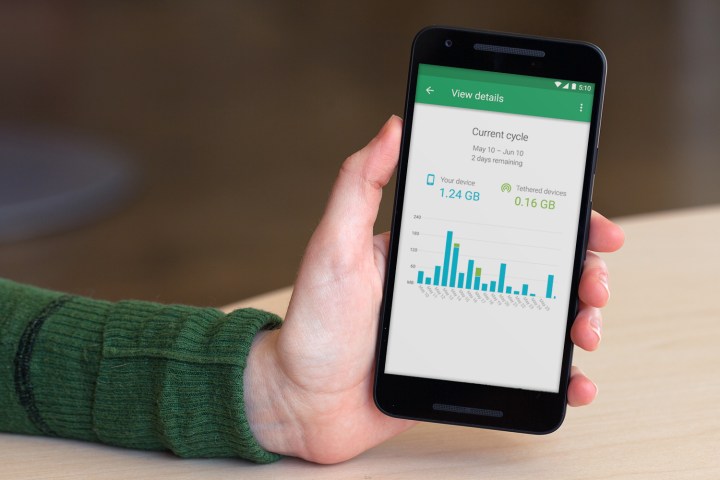
U.S. Cellular, as Google states in a blog post, is the fifth largest network in the U.S., and will bring LTE connectivity to Project Fi users in “23 states, both urban and rural.”
Project Fi basically analyzes your location and puts you on the strongest network available, assuming you’re not on Wi-Fi. As the name suggests, when you are on Wi-Fi, calls and texts will be handled through your Wi-FI connection, which is how Project Fi is able to remain relatively cheap. This process is all automatic, so you really don’t have to do anything to ensure you’re on the strongest network.
“By accessing multiple cellular networks, Fi users have a connection nearly 99 percent of the time, and spend about 95 percent of cellular time on LTE — which will improve even further with the addition of U.S. Cellular,” said Google in a blog post.
The U.S. Cellular coverage will be added to customers over the coming weeks, so if your coverage hasn’t changed yet, you’ll need to give it some time. Of course, U.S. Cellular doesn’t operate all over the country, so the announcement won’t affect every user, but at the very least it should give you some peace of mind for when you travel.
Project Fi is a little different than other networks or MNVOs for a number of reasons — the most prominent being that users don’t have to pay for data that they don’t use. Each 1GB of data costs $10, so if you pay for 3GB but only use 2.5GB, you’ll be reimbursed $5 in the form of credit at the end of the month. It’s a pretty neat idea which, until just recently, was also used by Republic Wireless.



